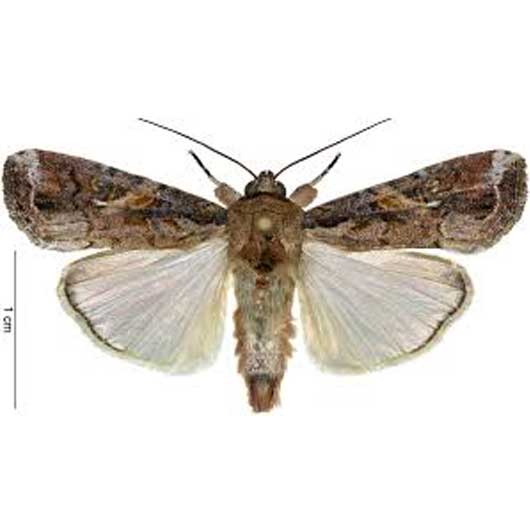Trap Selection
The Mothcatcher trap is the most effective trap to use for monitoring the African maize stalkborer. However, the water trap by Russell IPM have also shown a good trapping potential for mass trapping.
Trap Placement
Dependent on the specific application, the information below to be used as a guideline.
During Quarantine: Around the year, please use 1 trap every 20-50 hectares.
For Monitoring: From first flight to the last flight, use 1 trap every 2 hectare for large plots and 3 traps for small plots.
Mass trapping: Critical period (before fruit colour turning ), 5-15 traps per hectare.
Trap Position
Insert the pheromone lure in the plastic cage of the trap. Twist the lid in place. Suspend the Mothcatcher trap from a high branch in a tree or a metal post.
Data and Interpretation
Collect data weekly from the start of the flight of the over wintering generation. During the height of the population more frequent reading may be needed. Decisions on pesticide application should not be taken solely on the trap catch data. Climatic and biological considerations should be taken in account.


